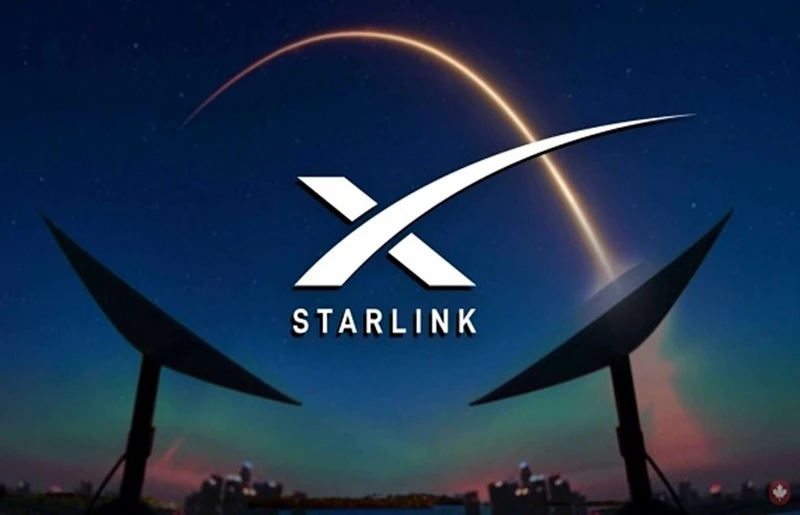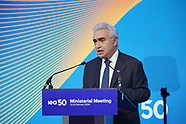Elon Musk’s Starlink has officially secured a crucial license from India's Department of Telecommunications (DoT) to provide satellite communication (satcom) services across the country. This significant development marks a major step forward for the SpaceX subsidiary, positioning it as the third company, alongside Eutelsat's OneWeb and Jio Satellite Communications, to receive such authorization in the Indian market.
A fourth applicant, Amazon's Kuiper, is still waiting for approvals.
DoT sources confirmed on Friday that Starlink has indeed received the licence, and said the company will be granted trial spectrum in 15-20 days of applying for it, reported Press Trust of India (PTI), paving the way for commercial operations.
Comprehensive security norms
The Global Mobile Personal Communication by Satellite (GMPCS) license was granted to Starlink after a wait of nearly three years, during which the company worked to meet India's stringent national security and regulatory requirements.
A key factor in Starlink obtaining this approval was its agreement to comply with comprehensive security norms. These include mandatory interception and monitoring mechanisms, the use of local data centers, location tracking for mobile user terminals, and strict localization mandates for services and infrastructure. Notably, the new regulations require all user data to be stored within India and prohibit the routing or mirroring of Indian traffic through foreign gateways or servers. Furthermore, companies must commit to indigenizing at least 20% of their ground segment within five years of commencing commercial operations and integrate India's NavIC navigation system on a best-effort basis, with full compliance by 2029.
The move comes at a time when the Indian government is actively promoting satellite technology to expand internet access, particularly in remote and underserved areas where traditional terrestrial networks struggle to reach. Union Communications Minister Jyotiraditya Scindia had earlier hinted at Starlink's imminent approval, emphasizing the transformative potential of satellite connectivity.
Starlink's entry into the Indian satcom market is expected to intensify competition and potentially drive innovation in the sector. The company's low Earth orbit (LEO) satellite constellation, currently comprising around 7,000 satellites with plans to expand to over 40,000, aims to deliver high-speed, low-latency broadband internet. This differs from traditional satellite services that rely on geostationary satellites, offering a more responsive internet experience.
While the license is a significant hurdle cleared, Starlink still requires final approval from the Indian National Space Promotion and Authorisation Centre (IN-SPACe) before it can fully launch commercial services. The company has reportedly submitted the necessary security documents and undertakings for this clearance.
However, this does not mean its services can commence immediately. As per a report by MoneyControl, Starlink will be required to set up gateways, a Network Operations Centre, and ensure its “lawful” interception capabilities. Thus, a waiting period of nine months is expected for the setup operations to be completed, following which it can kick off its satellite communication services, according to Reuters,
Crucial next step
Additionally, the allocation of commercial spectrum, for which the Telecom Regulatory Authority of India (TRAI) recently submitted its recommendations on pricing and terms, remains a crucial next step for all satcom providers.
Starlink has already established partnerships with major Indian telecom players, Reliance Jio and Bharti Airtel, to facilitate the distribution and support of its services across the country. These collaborations are expected to leverage the extensive retail networks of the Indian giants, particularly for reaching rural and remote customers.
This development marks a new chapter in India's digital connectivity landscape, with satellite internet poised to play an increasingly vital role in bridging the digital divide and connecting the nation's most remote corners.







